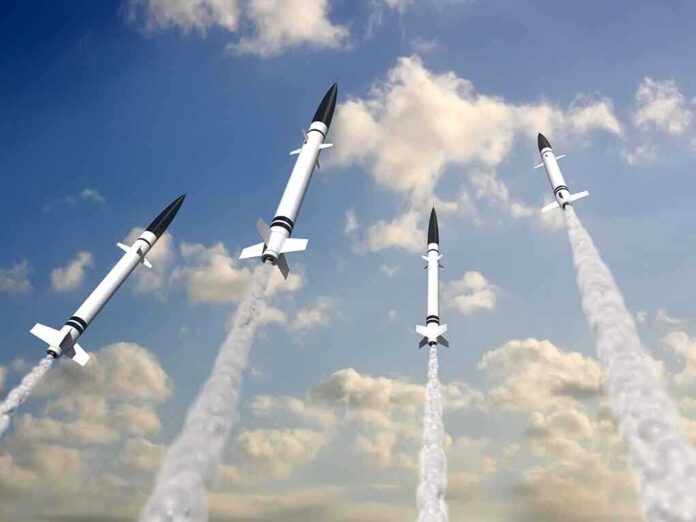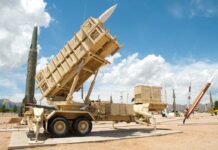
The possibility of supplying Tomahawk missiles to Ukraine marks a significant escalation in long-range strike capabilities and poses a direct threat to Russian military infrastructure.
Story Snapshot
- The United States considers supplying Tomahawk cruise missiles to Ukraine, potentially altering the Russia-Ukraine conflict’s dynamics.
- Tomahawk missiles, known for their range and precision, could significantly impact Russian military strategies.
- Russia has issued warnings about the severe consequences of these weapons being used against its territory.
- This development highlights the ongoing geopolitical tension between NATO and Russia.
The Strategic Impact of Tomahawk Missiles
The introduction of Tomahawk cruise missiles into the Ukraine conflict could prove to be a turning point, as these weapons offer significant advantages in range and precision. Developed by the US Navy in the 1970s, Tomahawks have been instrumental in numerous military campaigns, including operations in Iraq and Syria. Their potential deployment in Ukraine is likely to threaten key Russian military infrastructure, compelling Moscow to reevaluate its strategic posture.
The strategic deterrence effect of Tomahawk missiles cannot be overstated. With the ability to strike deep into enemy territory, these missiles could disrupt Russian logistics and command centers, effectively neutralizing one of Russia’s core advantages in the conflict. The psychological impact on Russian military planning may be as significant as the physical damage, signaling a robust Western commitment to Ukraine’s defense.
Geopolitical Implications
The potential supply of Tomahawk missiles to Ukraine has broader implications for NATO-Russia relations. As Western nations continue to bolster Ukraine’s military capabilities, the risk of escalating tensions with Russia increases. Moscow has repeatedly warned that such actions cross a “red line” and could lead to severe consequences, including potential retaliatory measures against Western supply lines or further escalation into other theaters.
The ongoing conflict serves as a test of Western resolve against Russian ambitions in Europe. The introduction of advanced weaponry like Tomahawks signifies a shift in US policy, demonstrating a willingness to escalate support for Ukraine. This move could accelerate an arms race, prompting both sides to invest in new technologies to counter long-range precision strikes.
Future Outlook and Risks
In the short term, the deployment of Tomahawk missiles could boost Ukrainian morale and degrade Russian military capabilities, but it also raises the stakes for potential Russian retaliation. Long-term implications include a possible shift in military doctrine, with long-range precision strikes becoming central to modern warfare. This development sets a precedent for future conflicts, where the balance of power is increasingly determined by technological superiority.
The supply of Tomahawks is a double-edged sword, providing strategic advantages while heightening the risk of broader conflict. Stakeholders must navigate these complex dynamics carefully to avoid unintended consequences.
Sources:
CSIS, “The Tomahawk Cruise Missile: Capabilities and Implications,” 2023.
Congressional Research Service, “U.S. Security Assistance to Ukraine,” 2024.
BBC News, “Ukraine War: US to Send Long-Range Missiles,” 2023.
Politico, “US Considers Sending Tomahawk Missiles to Ukraine,” 2024.

































